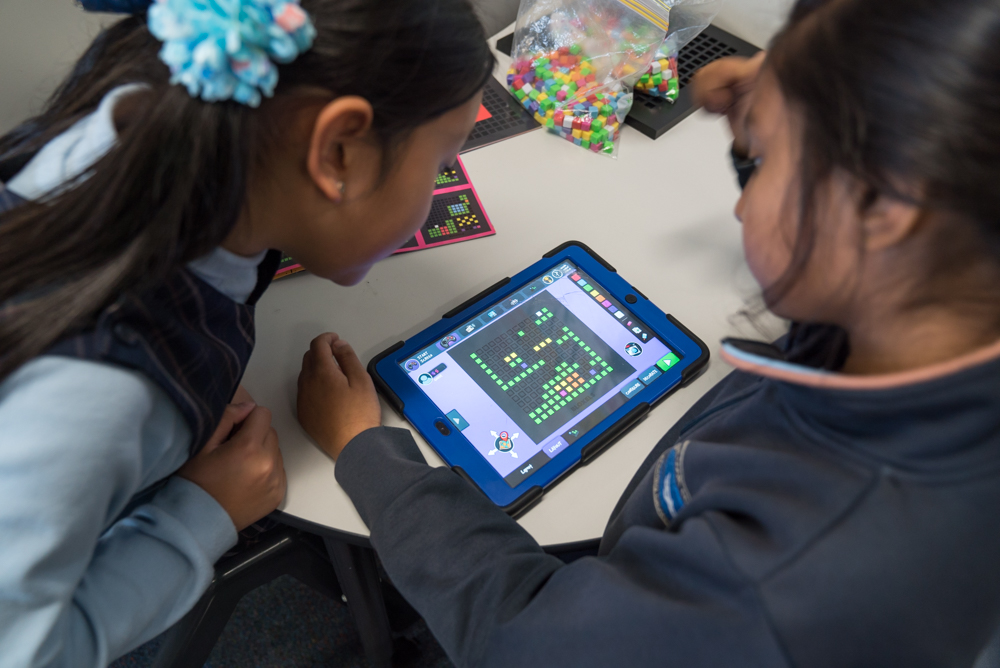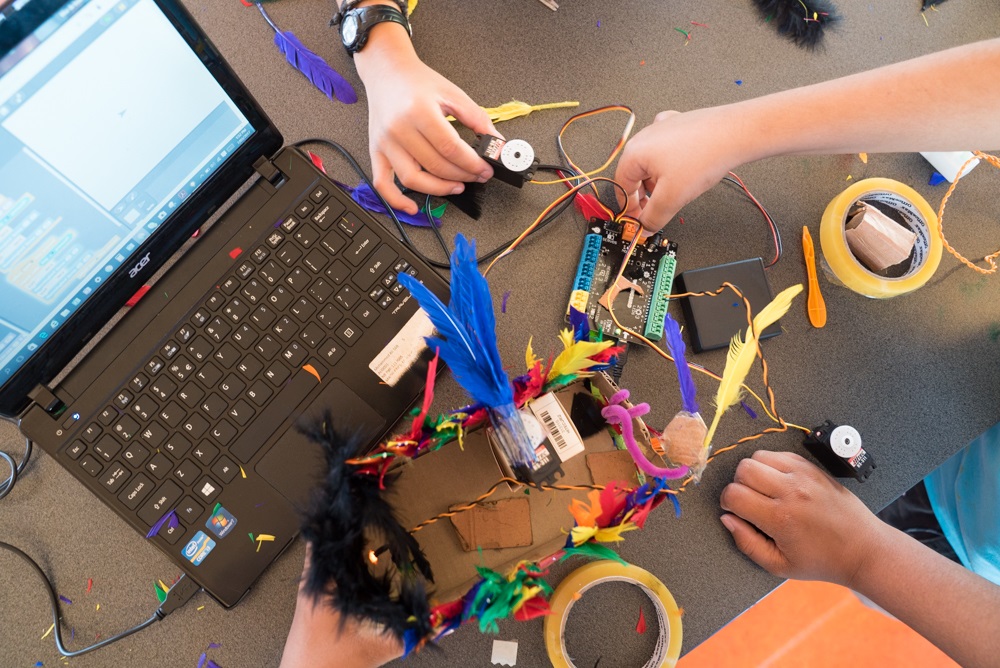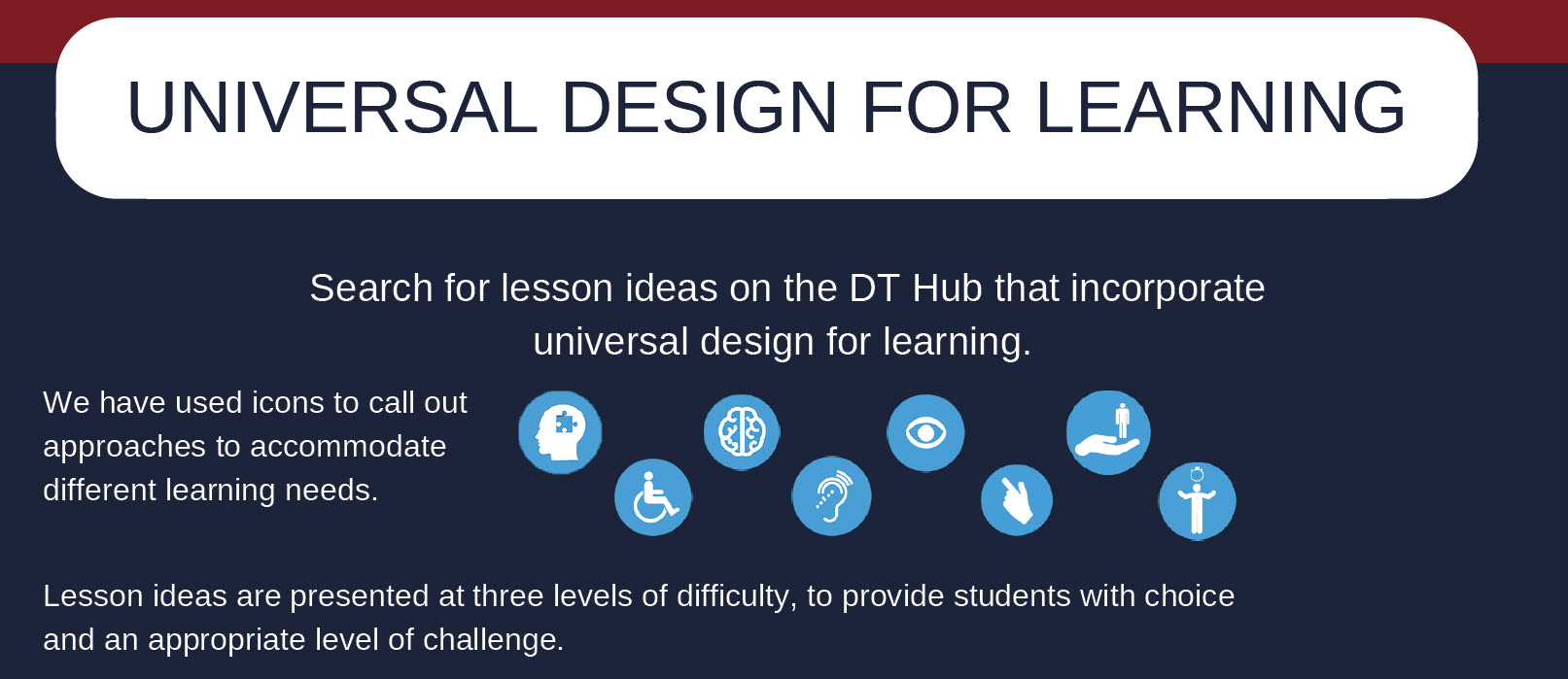Universal design for learning
You can create your own inclusive lessons by using the ‘Universal design for learning’.
Universal design for learning is designing learning spaces to be accessible and usable by everyone without the need for adaptation. Universal design refers to products or services being usable by everyone without modifications, such as providing accessibility ramps for walkers, strollers and wheelchair users. This idea has been extended to education in both the physical environment (eg accessible playground equipment) and teaching (eg differentiated lesson planning).


When creating lesson plans using universal design for learning, consider the following three principles.
The 'WHAT' of learning
Provide information in a variety of forms and media, specifically:
- Perception – Offer alternative ways to see/hear the information including tangible objects and examples.
- Language and symbols – Clarify vocabulary, explicitly define key terms, use diagrams, pictures and multimedia.
- Comprehension – Activate prior knowledge, provide templates and checklists, use visual organisers, and embed new ideas in familiar contexts.
The 'HOW' of learning
Offer different ways of demonstrating knowledge, specifically:
- Physical action – provide alternatives in rate or timing of tasks and alternatives for writing and responding.
- Expression and communication – allow both traditional scaffolding (outlines, concept maps, manipulatives) and technological scaffolding (calculators, text-to-speech, spellcheckers).
- Executive functions – break up the task into smaller steps (e.g. 'Levels') including managing the deployment of information and resources and/or provide planning templates or a schedule of work.
The 'WHY' of learning
Give students choice and (appropriate level of) challenge, specifically:
- Recruiting interest – provide choice, emphasise relevance and value, minimise distractions, and encourage risk-taking.
- Sustaining effort and persistence – manage ‘flow’ (not too difficult and not too easy), emphasise process and objectives, encourage collaboration and provide feedback.
- Self-regulation – Build confidence, facilitate the various emotions and suggest coping strategies, and develop self-assessment and reflection skills.
Universal design for learning guidelines provide information about how to use these three principals.
For a summary of the approaches to inclusive education refer to the following infographic.
